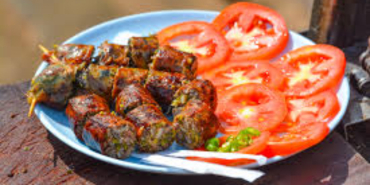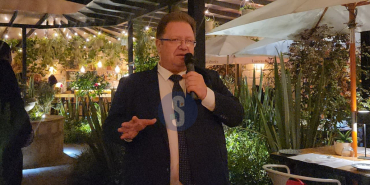Kenyan Lecturer Develops Omena-Based Biscuit to Combat Childhood Malnutrition

In response to Kenya's persistent struggle with childhood malnutrition, Esther Ateka, a lecturer at the University of Eastern Africa, Baraton, has developed Omebix.
The nutrient-dense biscuit is crafted from omena to provide essential vitamins and minerals to the country’s most vulnerable children. Over a quarter of Kenyan children under five suffer from stunted growth. Ateka’s initiative addresses the pressing need for accessible and nutritious food solutions to combat this crisis, particularly in regions such as Kitui County, where nearly half of children under five experience stunting.
The 2022 Global Nutrition Report highlights the severe consequences of poor nutrition, including impaired cognitive development and long-term health issues, impacting the country’s workforce, healthcare system, and overall economy. Omebix is made from omena, a small silver fish commonly found in Kenyan markets. This fish is often overlooked due to its strong smell and distinct taste. Ateka identifies the potential of omena as a potent source of essential nutrients.
Her approach involves transforming omena into a palatable and appealing form for children, thereby leveraging a readily available local resource to address a critical nutritional gap. Ateka’s journey began in her kitchen in Eldoret, where she meticulously experimented with drying, soaking, grinding, and mixing omena with wheat and sorghum to create a well-balanced dough. The result is a biscuit rich in protein, omega-3 fatty acids, calcium, and iron.
Initial reactions from students at Baraton were positive, with many expressing surprise at the mild, enjoyable taste of the biscuit despite its fish content. The production of Omebix at scale requires addressing several challenges, including securing funding, establishing a stable supply chain, and fostering community acceptance. A key aspect of Ateka’s strategy involves changing perceptions of omena, transforming its image from a cheap, overpowering ingredient to a vital source of sustenance and health.
"Each percentage point in those statistics is a child," Ateka stated. "Each one is a future that malnutrition could steal."














Add new comment